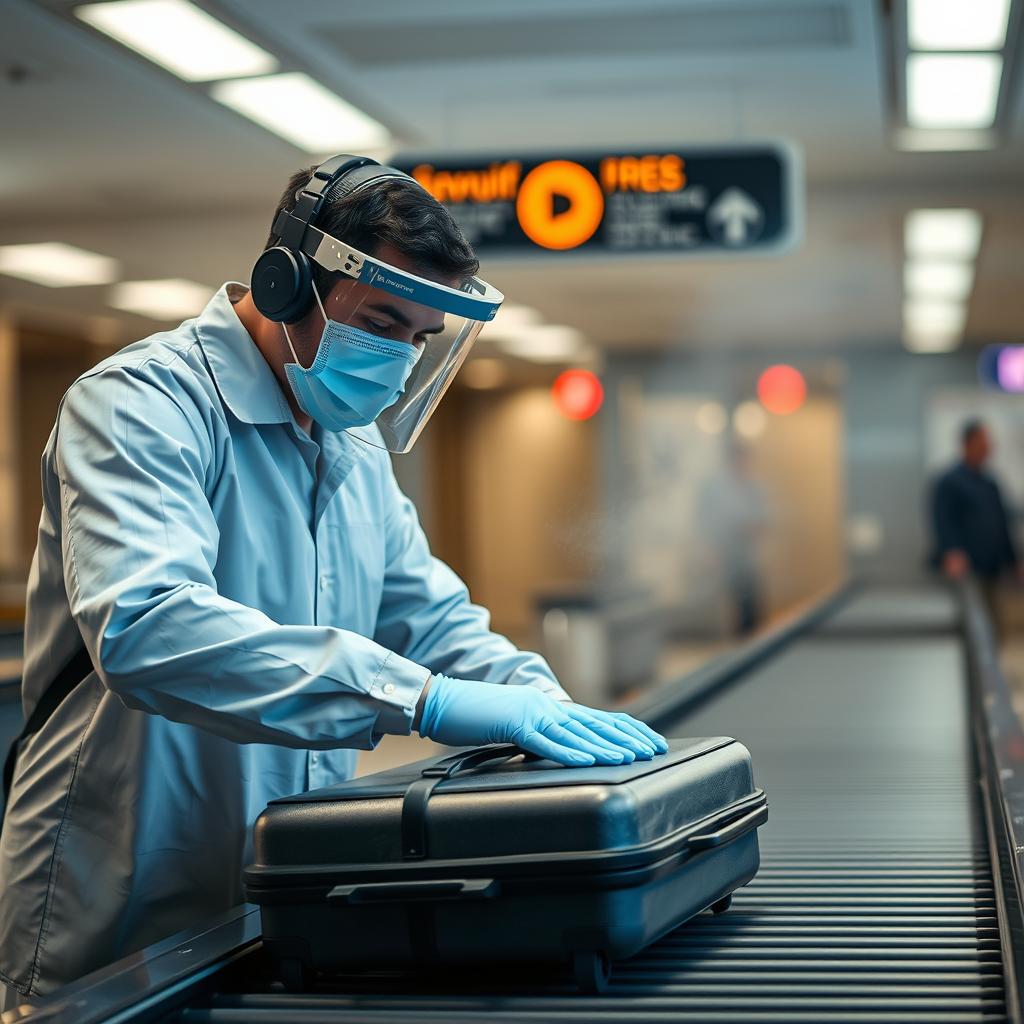Baggage handlers face one of the industry’s toughest jobs: heavy physical work and challenging conditions. Even before COVID-19, handlers contended with long shifts outdoors on ramps. A UK review found nearly 40% of airline industry injuries stemmed from lifting and handling baggage (internationalairportreview.com). This led regulators (e.g. the UK’s Health & Safety Executive) and IATA to push for lighter bags and better equipment. For example, IATA helped airlines reduce the maximum allowed hold-bag weight to 23 kg (internationalairportreview.com). Many airports have added hydraulic belt-loaders, cargo lifts, and training programs to reduce strain. Workers also face other hazards: congestion on the tarmac, cold/wet conditions, and noise from machinery (internationalairportreview.com). Newer initiatives (guardrails on elevated loaders, quieter vehicles, stricter PPE for machinery) aim to prevent falls and equipment accidents (internationalairportreview.com).

During global health crises (e.g. the COVID-19 pandemic), protocols tightened further. Airlines and airports introduced disinfectant sprays on baggage, and many handlers wore full PPE. For example, South Africa’s ACSA airports mandated that “all baggage will be fully sanitized and baggage handlers will wear complete Personal Protective Equipment”(airports.co.za). Some airports even wrapped baggage in plastic or banned mixed-origin tote bins during peaks. In contrast, IATA’s guidance on communicable diseases was somewhat more relaxed: its baggage/cargo FAQ suggested gloves only for mechanical tasks and noted that masks “are not recommended” when handling potentially infectious bags (iata.org). In practice, most handlers during COVID wore masks and gloves alongside regular high-visibility gear.
In the post-pandemic era, health protocols have largely reverted toward normalcy, but with lasting lessons. Self-service bag drop (reducing person-to-person contact) is now widespread, and airlines maintain enhanced cleaning regimes (especially at bag drop desks). The industry also emphasizes better health surveillance: regular medical checks for staff doing repetitive lifting, and fatigue management (handlers often work variable shifts). Overall, the trend is toward smarter, safer ops: automated lifts, powered carts, and rigorous training mitigate the physical toll of baggage work, while flexible health rules (PPE as needed, vaccination campaigns, quick response to outbreaks) help protect workers in any future crisis (airports.co.zaiata.org).


